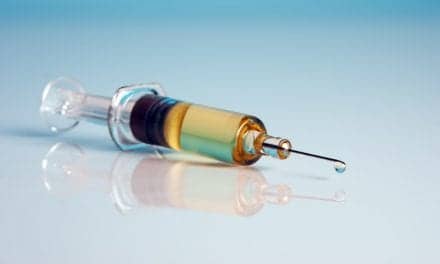The University of Alabama at Birmingham (UAB) reports that its physicians are using extracorporeal membrane oxygenation (ECMO) technology as a last-resort therapy for extremely severe cases of influenza.
The machine, which is similar to a portable heart/lung bypass machine, was first developed for use in heart bypass surgery, and has also found utilization as a bridge to heart or lung transplantation and the treatment of other severe lung diseases.
According to university researchers, in extreme cases of flu, severe inflammation can cause the lungs to fail. ECMO essentially takes on the function of the lungs for a period of time by routing a patient’s blood into the machine where carbon dioxide is removed and oxygen is added. The blood is then pumped back into the body. Patients can remain on ECMO until the inflammation is reduced and the lungs are capable of functioning normally on their own.
UAB has used ECMO on more than a dozen adult patients with severe flu since the start of the flu season, and more than 50 adult patients with cardiopulmonary failure were treated with ECMO at UAB in 2013.
“These are very sick patients for whom traditional therapy such as a ventilator is simply not sufficient,” said Enrique Diaz, MD, associate professor in the Division of Pulmonary, Allergy and Critical Care Medicine and head of the UAB ECMO program. “By taking on the functions of the lungs and/or the heart, ECMO supports the body’s normal function and gives these patients time to recover.”
Use of ECMO is a complicated process requiring a dedicated team of medical professionals, including intensive care specialists, surgeons, perfusionists, nurses trained in ECMO use, and respiratory and physical therapists. Patients can remain on ECMO in the intensive care unit for several weeks if necessary, and many require rehabilitation after coming off the machine.
“ECMO is not a cure, but it is a way to support some of these very critically ill patients who are failing conventional medical therapy, failing mechanical ventilation,” Diaz adds. “Many patients are being saved through the use of this technology.”









